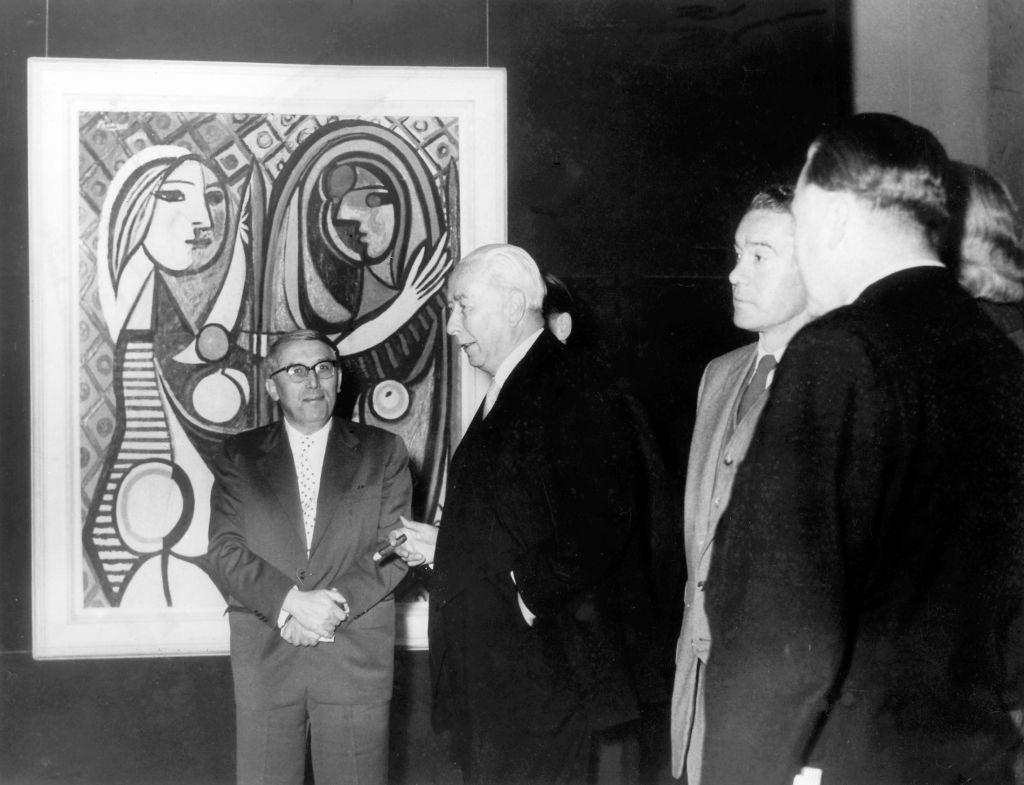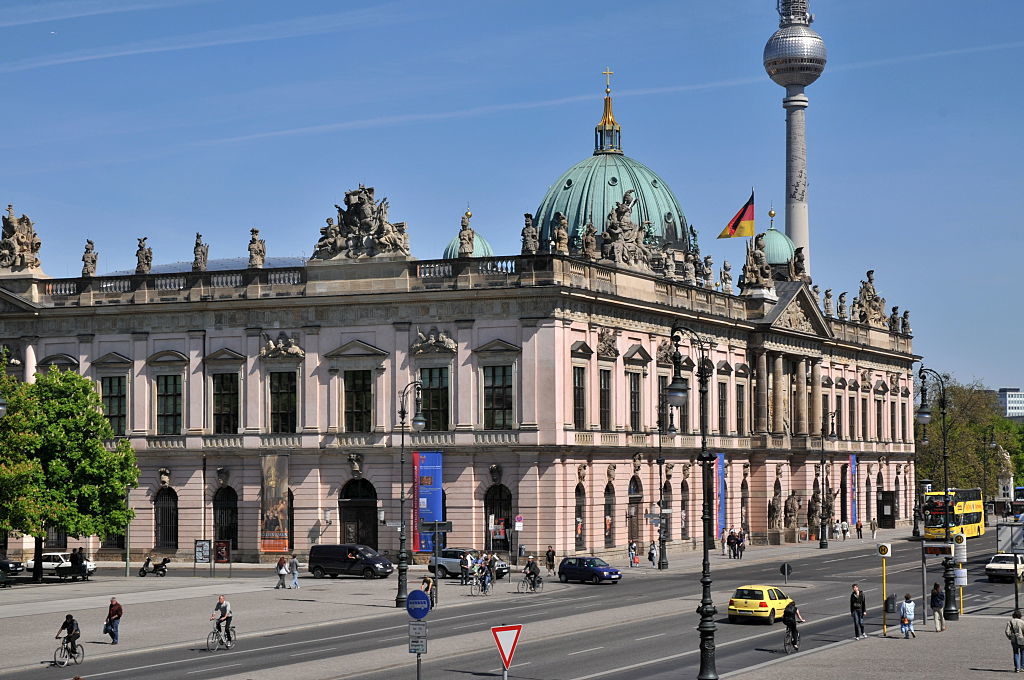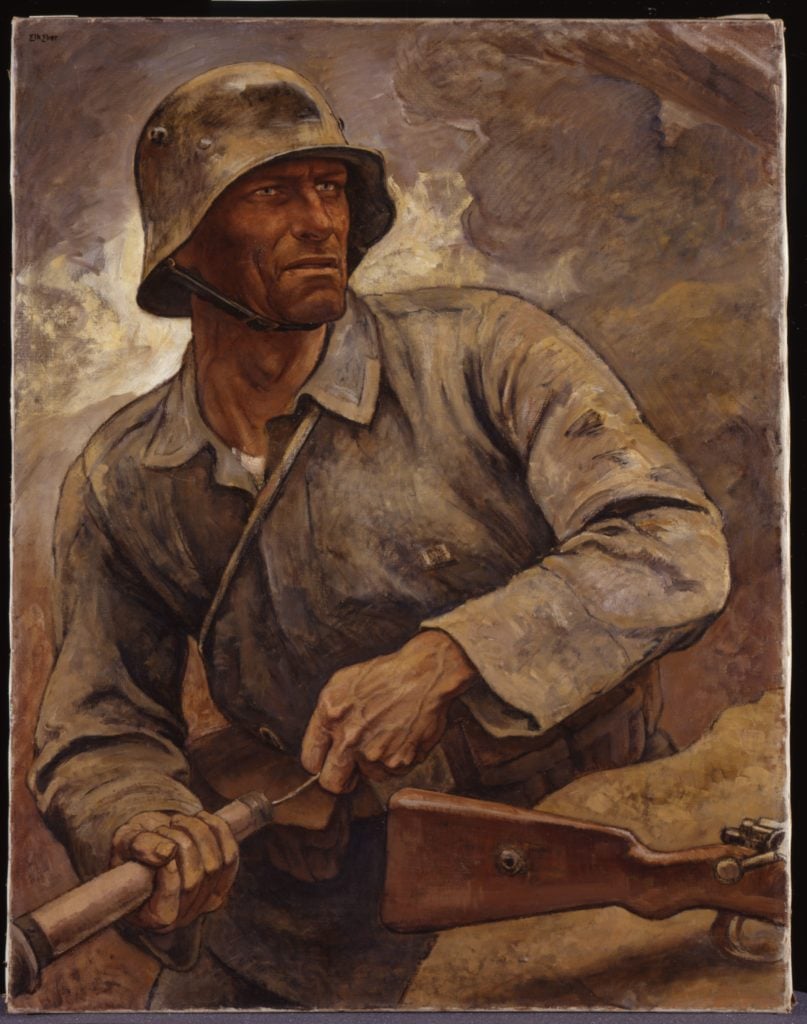Art World
As Germany Plans Shows on Nazi-Sanctioned Art, Some Begin to Wonder Why So Much of It Is Housed in the US
A Berlin museum will host parallel shows on the history and enduring influence of National Socialist art.

A Berlin museum will host parallel shows on the history and enduring influence of National Socialist art.

Kate Brown

The German Historical Museum in Berlin is planning two exhibitions in 2021 that will trace art history after 1945, in the early days of the post-war Federal Republic, and look at the ongoing influence of National Socialism on German art.
One show will consider the history of documenta, the international exhibition founded in Kassel in 1955 as the nation’s bid to forge a new artistic voice after the war, while the other explores what happened to the careers of Hitler-supported artists after the fall of the Nazi regime.
The museum is also hosting “Historical Judgement,” an international symposium this October to begin exploring the subject. “For the first time, we want to work together with artists, curators, and historians to discuss whether and to what extent documenta marked a ‘new beginning’ in the still young Federal Republic after a phase of extreme political-ideological instrumentalization,” says the president of the German Historical Museum, Raphaela Gross. “From this historical approach, we do not only hope for our own success in the exhibition, but also new and fundamental insights into the world of art, and the complex relationship between history, art, and politics.”
The new programming comes at a time of growing questions about what to do with the troves of Nazi propaganda art that’s stowed away in Germany, and in the US as well. To this day, many works of Nazi propaganda and Nazi-sanctioned art are stashed away at the Center of Military History Fort Belvoir, outside of Washington, DC, and there is no imminent plan for its return.
The US military uncovered and removed troves of art after the war as part of the de-Nazification process. Though most of it was returned in the 1990s and is now housed at the German Historical Museum’s locations, works with particularly odious imagery stayed behind, like the massive painting Hitler at the Front by Emil Scheide, which shows young soldiers eagerly crowded around Hitler, another painting of soldiers titled Organization Todt in reference to the military-engineering company founded by Fritz Todt, as well as a series of small watercolors by Adolf Hitler himself. It is estimated that there are more than 500 works of art from the Third Reich still in the US Army Center of Military History.
“After the war the [Nazi art] was confiscated by the US Army and parts were later turned over to the Federal Republic of Germany; since the end of the 1990s the collection has been left to the care of the German Historical Museum,”Fritz Backhaus, head of collections at the museum, told artnet News.
Backhaus adds that the German government also transferred other paintings and prints that had belonged to the so-called House of German Art Collection to the Berlin museum for safekeeping, rather than being held at the Haus der Kunst in Munich. These works are kept in the painting depot or at the print collection of the museum and are available for scholarly research. Some of these works include art that was exhibited or acquired in the infamous “Great German Art Exhibition” organized by the Nazi party.

The German Historical Museum (DHM). Photo: Schöning/ullstein bild via Getty Images.
Nazi officials had a so-called Gottbegnadeten Liste (a divinely gifted list). Backhaus says that some of these artists’ works are held within the German Historical Museum’s collection and will be presented within the exhibitions planned for 2021. But many of the museum’s works are stored at a holding depot in Spandau, just outside of Berlin.
“Despite all the research that has been conducted into the Nazi period and all of the conclusions that have been reached, art from the Third Reich remains a taboo. Many, it would seem, believe that these works contain some dark and dangerous power,” writes journalist Ulrike Knöpfel in Der Spiegel.
“The paintings were put here by the German Historical Museum with a single aim: They were to be forgotten,” added Knöpfel.
Backhaus says that the German war art collection consists of some 340 paintings and more than 7,000 graphic prints that were made by artists in the armed forces of Nazi Germany during World War II. “They show primarily heroicizing and propagandistic scenes of war, but also a great many portraits or landscape depictions,” he said.
A selection of these paintings are permanently on view at the German Historical Museum in Berlin as examples of National Socialist propaganda art. All of these works are owned by the German government, rather than the museum. The Haus der Kunst, too, has a wartime collection and several times in years past has loaned works out for exhibitions on art in the time of National Socialism, Backhaus says.

Die letzte Handgranate by Elk Eber, (1936). (Gm 97/30) © Deutsches Historisches Museum/ S. Ahlers.
What the future holds for the art held in Washington remains an open question. Culture minister Monika Grütters, who took over leadership of the German federal art collection and administration in July, did not reply to a request for comment.
Grütters’s office did reply to the Der Spiegel article, however, telling the magazine that “issues related to the return of German cultural heritage could not be equated to investigations into the massive theft of largely Jewish-owned cultural heritage by the Nazis.” She added that the question of German wartime art falls under the jurisdiction of the Foreign Office. The office did not respond to a request for comment.
Note: An earlier version of this article incorrectly translated the painting titled Organisation Todt to “Organization Death.”